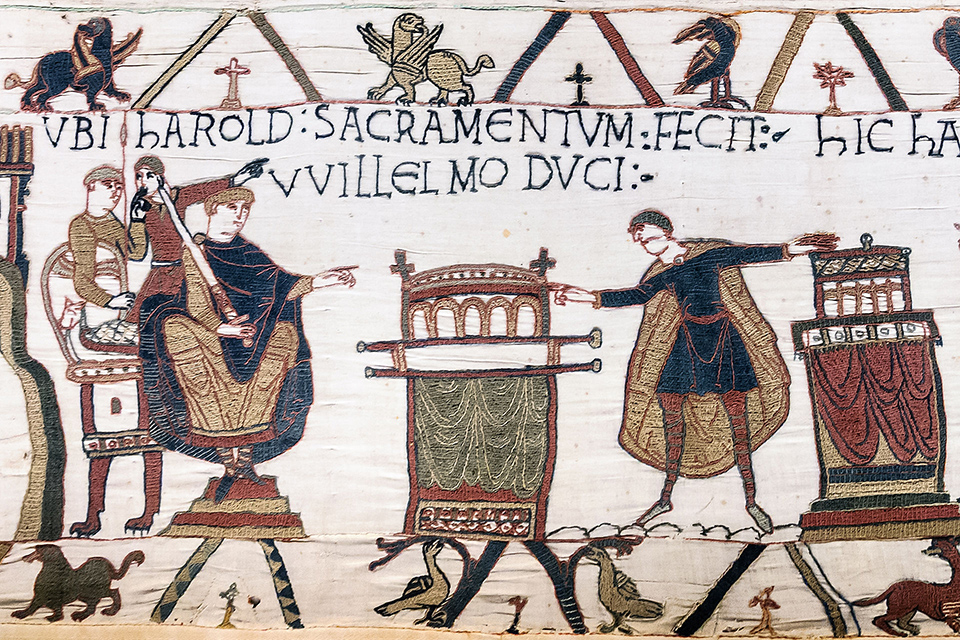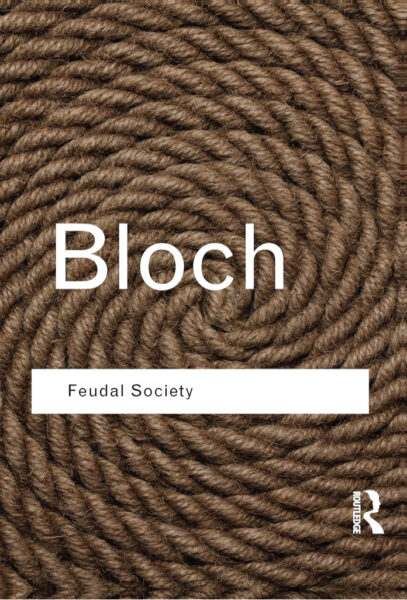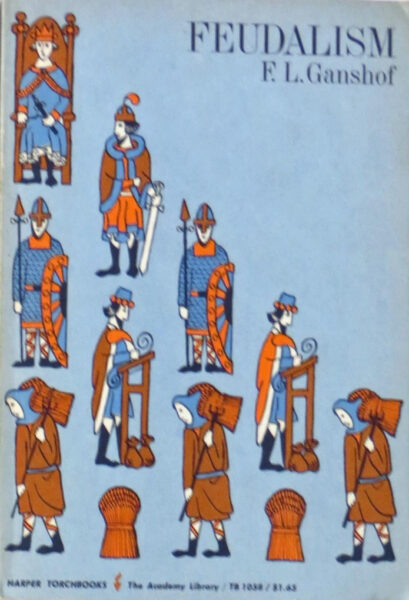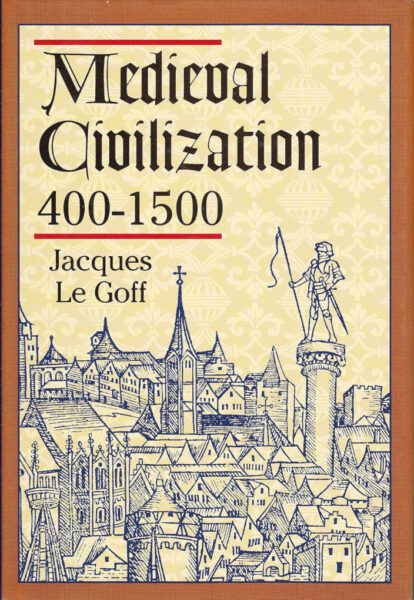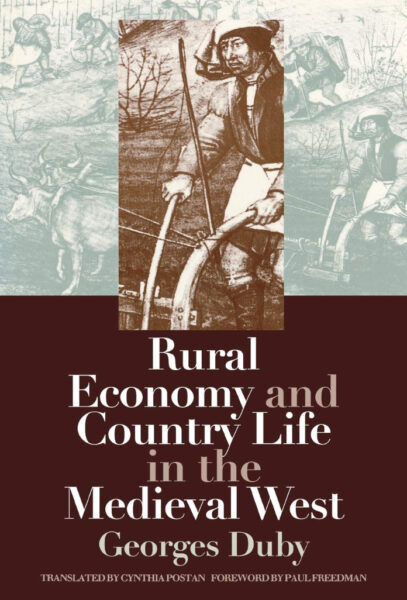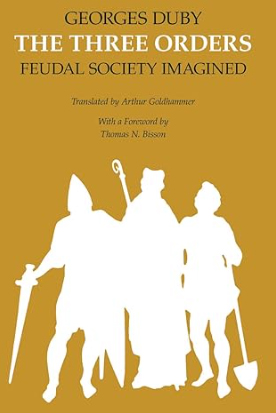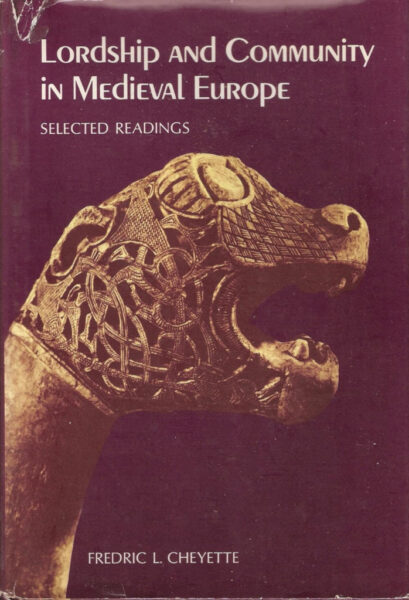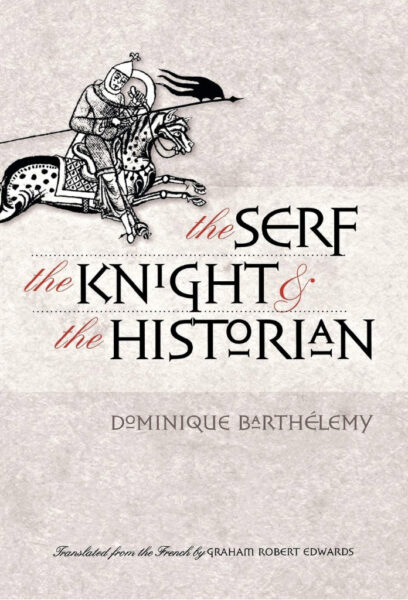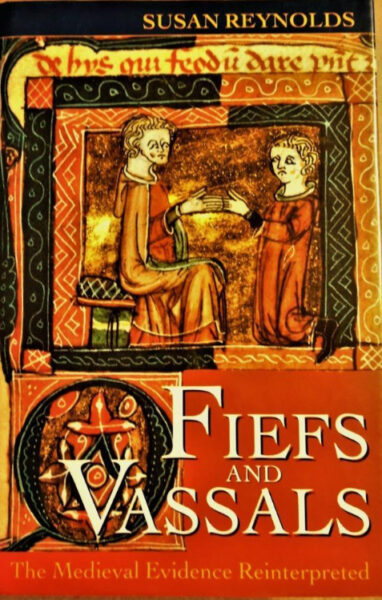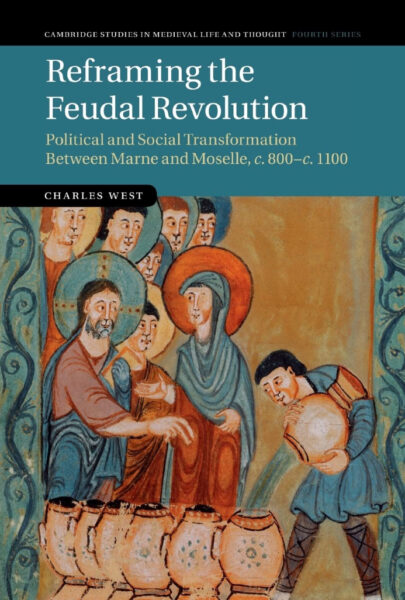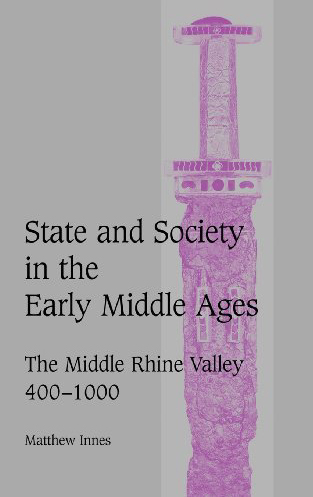In the last fifty years, medieval archaeology has uncovered a series of clear breaks around the turn of the first millennium in how the European landscapes were organised regarding economy and society. How do these findings correspond to the written sources? And what is the history of the concept of feudalism?
For some historians (Reynolds 1984), feudalism is a concept created in the 17th century and used in the 19th century to describe the world before the more enlightened times of modernity. For others, it has acted primarily as a conceptual opening to explore the endless complexities of economic and social ties in the Middle Ages in the Maconnais, in Bourgogne or elsewhere.
Archaeology, however, has, during the last fifty years, uncovered a series of clear breaks in the European landscapes in the 10th and 11th centuries, demarcating feudalism as a distinct new socio-economic way of living and thinking about the world. These findings correspond to the history written by several French historians from the Annales School, who took pains to explore these new ways of thinking about land, tributes and taxes and the corresponding system of obligations welded into the fabric of medieval society in the High Middle Ages. (c. 1000 – 1300)
This new and transformational way of thinking originated in a world devoid of towns, money and markets. Instead, the cultural habits were based on economies of gifts, barters, and trading ventures. Here, a tribal outlook governed the social and economic relations among people wherever the iron grip of the Carolingian world order did not reach. Which was, in fact, not pervasive throughout Europe in the 8th and 9th centuries.
In the post-Carolingian world, budding feudalism organised a world gradually marked by private fortified homesteads, villages, and an economic upsurge in material wealth for the wider society. This materialism took off in the 9th century and flourished in the 10th century and later. Arguably, this shift was part of the interplay between centres and peripheries, leading to (among other alterations) the swinging seesaw between Carolingian France and Ottonian Germany.
Feudalism – an overview
More precisely, feudalism is generally understood as a reflection of the
- legal framework ordering rights and obligations to the holders of fiefs or honours (feuda)
- social economy whereby landlords dominated their peasants to extract rents, labour services and other dues by downright coercion and oppression as well as exercising justice (locally or nationally) according to elaborate legal rules and regulations
- broader socio-political organisation whereby these rights were ordered according to rules of vassalage and service
As such, feudalism and feudal domination constituted a mode of production based on a specific organisation of exploitation of landed wealth and supported by the theology and religious thinking of the times. In time, it fostered a distinct lifestyle, the epiphenomena of the Middle Ages’ social and material culture and outlook.
Central to the outlining of the concept of feudalism were the works of French historians such as Marc Bloch (1886-1944), François-Louis Ganshof (1895-1980), Georges Duby (1919-96) and Jaques le Goff (1924-2014).
The latter two were primarily inspired by Marc Bloch and his definition based on the following characteristics: a peasantry consisting of tenants, a distinct warrior class, a cultural thinking based on violence, protection and obedience called vassalage, a fragmentation of state-sponsored rule and monopolised violence framed by dynastic thinking about familial and associative thinking.
“European feudalism should, therefore, be seen as the outcome of the violent dissolution of older societies. It would, in fact, be unintelligible without the great upheaval of the Germanic invasions, which, by forcibly uniting two societies originally at very different stages of development, disrupted both of them and brought to the surface a great many modes of thought and social practices of an extremely primitive character. It finally developed in the atmosphere of the last barbarian raids. It involved a far-reaching restriction of social intercourse, a sluggish circulation of money to admit salaried officialdom and a mentality attached to tangible and local circumstances. When these conditions began to change, feudalism began to wane.” (Bloch 2004, p 443).
Based on this understanding, Bloch developed his ideas of the two “feudal ages”, of which the First Feudal Age reached from the collapse of the Carolingian Empire in the 9th century to the mid-11th century, while the second feudal age covered the period from the mid 12th century to the mid 14th century and into the waning of the Middle Ages. Unlike this definition, Ganshof focused on the feudo-vasallic relations where feudalism was considered a system ruling duties concerning aid, obligations, and service (Ganshof 1961).
The Crisis in the Early Middle Ages from the 6th to the 8th centuries
The cusp of the feudal age must be found in the economic and cultural decline, notably marking out the period from c. 500 – 700, with different timespans evoked in different parts of Europe. During this period, the Byzantine Empire virtually collapsed, leading to a decline in long-distance trade in the Mediterranean as well as in the North Sea and the Baltic.
During this period, the landscape and the towns became ruralised, if not abandoned. Europe closed off and fell into a disjunct and dispersed countryside where peoples’ lives were based on a subsistence economy pared with a gift economy. This was a period of economic decline and the formation of closed-off political and linguistic peripheries.
Interestingly enough, the first economic revival took off in the later Merovingian north, in the deltas of the Seine and Rhine with their tributaries, the Channel and the North Sea region reaching into the Baltic. Noticeably, this area came to foster a number of semi-religious central places surrounding lordly halls, to be followed by foundations of the emporia such as Quentovic, Dorestad, Ribe and later Haithabu, Birka, and Kaupang being linked up with York and London.
As opposed to this, the Mediterranean lacked behind, furthered by the Arab expansion in the 8th century and its culture of piracy and slave-raiding (the revisited Pirenne Thesis). Not until the late 9th and early 10th century did Italy and Iberia gradually revive through the short-term Carolingian and Ottonian efforts to revive the Roman Empire in a new disguise. These efforts, however, fell apart with the decentralisation of power establishing more or less independent kinglets and warlords as regional oppressors.
Archaeology
In the long run, Bloch’s work has stood better against the tides than Ganshof’s, claims the archaeologists (Hodges 2020). The last fifty years of archaeological surveys and excavations have furnished the evidence. Uncovering the decentralisation of the landscape dominated by the motte-and-bailey castles on hilltops, the amalgamation of grand estates, the corresponding nucleation of settlements in the form of villages and the continued reorganisation of the agrarian systems and the gradual expropriation of other natural resources such as forests, fishing waters, and hunting by kinglets and local warlords have documented this shift.
Gradually, all this led to a distinct upheaval in the economic and material culture of the elite, formalised in new lifestyles and ways of thinking based on the so-called “cerealisation” of the economy created through the dispersal of new systems of cultivation and technologies and the development of secondary products from the first half of the 9th century. The archaeological finds of grain silos, granaries, and traces of three-field systems and variations thereof have witnessed this process.
Today, the process of feudalisation, which was forged in the crucible of the dissolution of the Carolingian Empire, has been documented through textual evidence and archaeology of landscapes, settlements and, not least, the elite centres from 10th-century Europe, as well as through dedicated monographs on the history of specific regions and localities.
SOURCES:
Defining the Archaeology of Bloch’s first Feudal Age. Implications of Vetricella Phases I and II for the making of Medieval Italy (8th to 9th centuries)
By Richard Hodges (2020)
In: The nEU-Med project. Vetricella, and Early Medieval royal property on Tuscany’s Mediterranean. Ed. By Giovanni Bianchi and Richard Hodges. Archaeologia Medievale (2020)28
How did the Feudal Economy Work? the Economic Logic of Medieval Societies
By Chris Wickham 2021
In: Past & Present , Volume 251, Issue 1, May 2021, Pages 3–40,
The Archaeology of the Peasantry in the Early Medieval Age. Reflections and Proposals.
By Helena Kirchner (2020)
In: Imago temporis medium aevum, XIV (2020) pp 61-102
